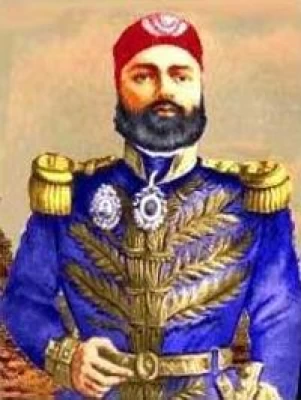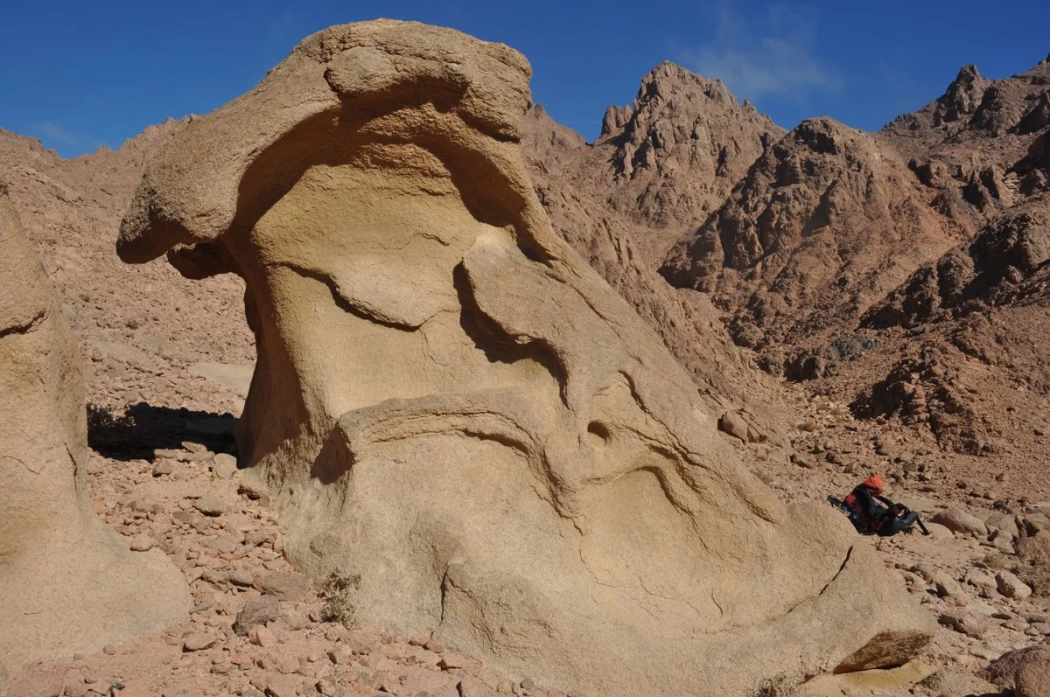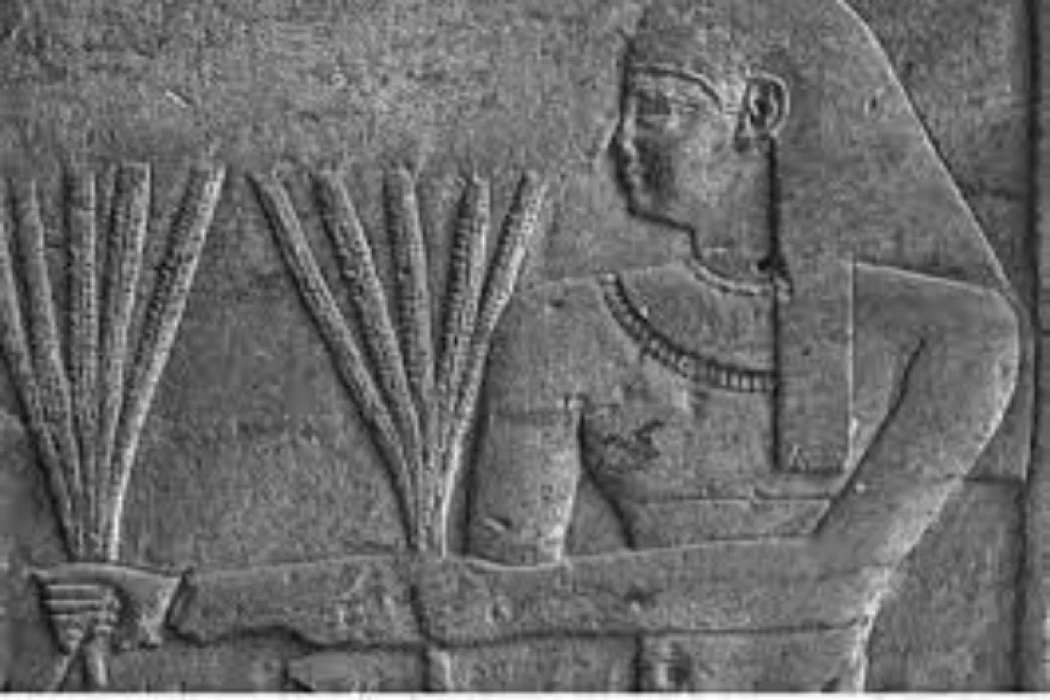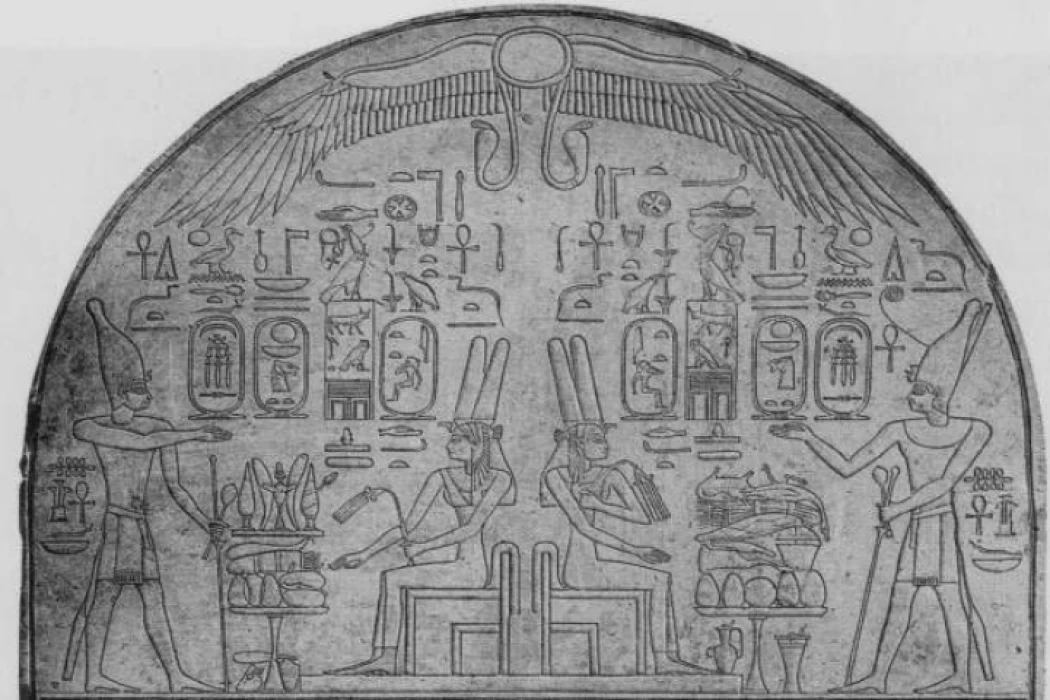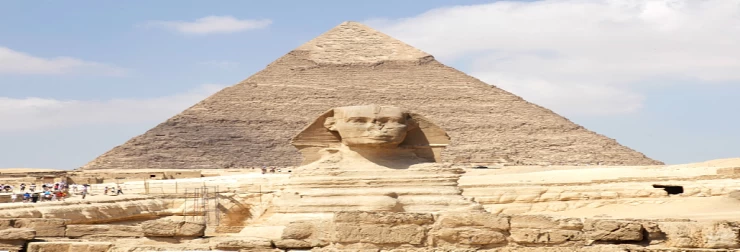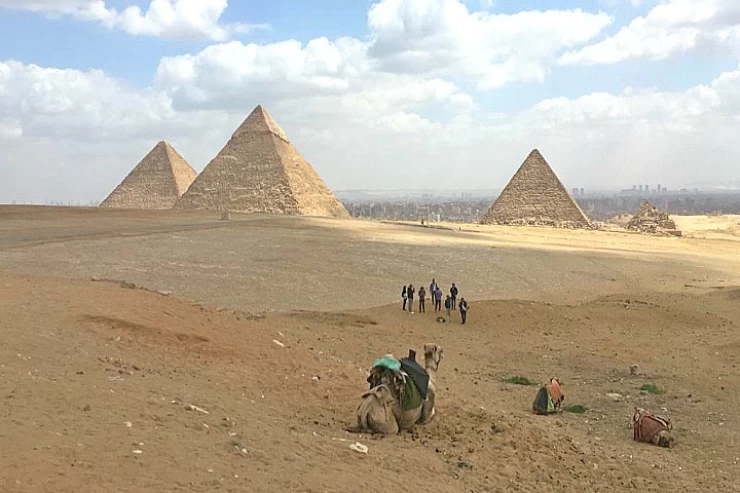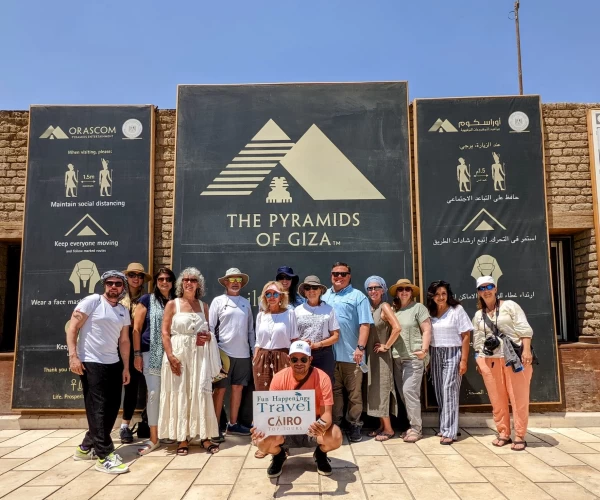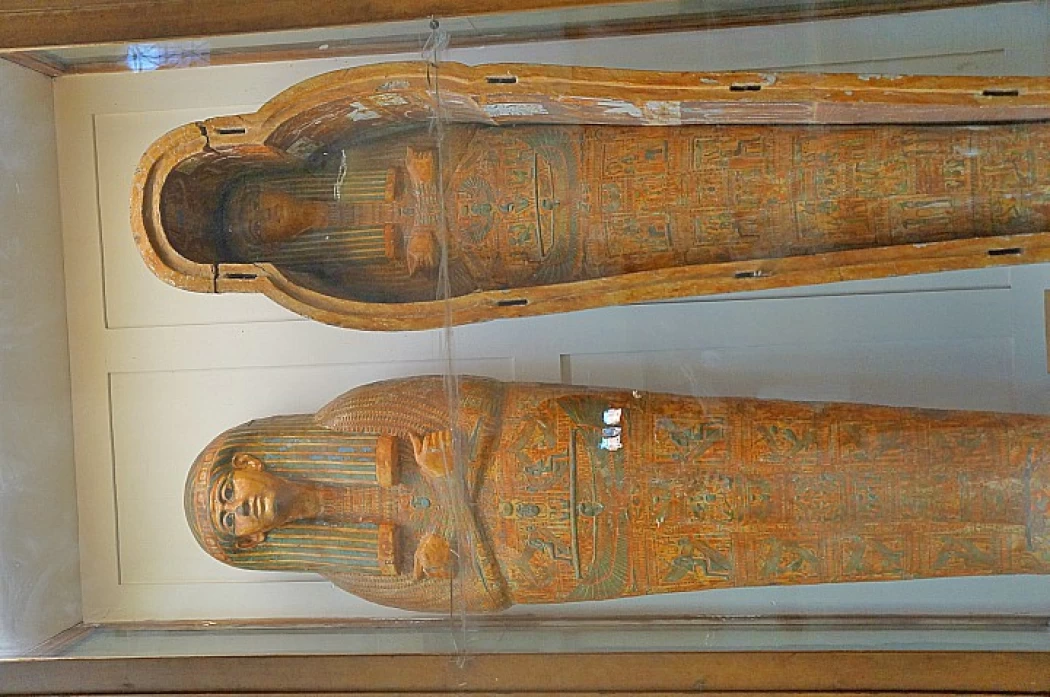
The Ancient Egyptian Funeral Practices
The ancient Egyptians paid more attention to their dead than other peoples of the ancient world, and this care and attention was based on their belief in the existence of an eternal afterlife, which must be prepared for. After the death of any person, he was carried by his parents and relatives to the embalmers, to quickly preserve and embalm the body to ensure the possibility of the soul returning to his body a second time. Embalming was carried out according to one of three methods that corresponded to the possibility and status of the deceased.
Washing and disinfection
The process of washing and cleansing the body of the deceased before burial is a very important step in preparing for the journey of immortality and staying in the other world with the idols. Therefore, taking care of preparing and equipping the burial or cemetery and providing it with funeral furniture and everything necessary for the deceased during this trip was one of the most important affairs that the ancient Egyptians took care of in the case of kings or senior statesmen. The Royal Court and the high priests of the state were engaged in the process of washing the King's body, embalming it, and then wrapping it with appropriate amulets and shrouds, each of which has a certain symbolism or meaning. The same was the case with senior statesmen and individuals, both in the vicinity of his abilities and potential.
The burial process was preceded and followed by many stages, interspersed with many funeral rituals and decrees, which in their entirety were aimed at everything that serves the deceased-whether a king or an individual - in terms of his eternal afterlife journey. The Egyptians believed that there was an absolute necessity to perform these ceremonies and rituals to realize the hopes of the deceased in bliss and to win this eternal life. The mummification process and the ritual of opening the mouth-with their respective stages - are the first and most important stages of this ritual. This is followed by funeral rituals and rituals from the time she leaves the house until she arrives at the cemetery, where the deceased is buried inside the cemetery dedicated to him. The burial process is followed by other rituals and ceremonies performed by the funeral priests and the relatives of the deceased, as a guarantee of the fate of the deceased in eternal bliss, and ensuring the arrival of offerings to him regularly, to ensure him a blessed life in the other world.
Mummification
Within the framework of the ancient Egyptian belief in an afterlife, eternal life, and no death after it, the ancient Egyptian sought to take all necessary means to keep his body intact and untouched. Since prehistoric times, the Egyptian has been keen to bury his dead in a squatting position, the same position as the fetus in his mother's belly, believing that as he began his life as a fetus he had to be buried in the same position to be reborn in the other world. That is why he took an interest in the cemetery, which began in the form of a pit, which he developed over many years, and then developed into a terrace, a terraced terrace, a pyramid, and finally into a cemetery carved into the rock. Mummification is a landmark of the ancient Egyptian civilization and expresses outstanding expertise in the sciences of Medicine, anatomy, chemistry, and others. The word "embalming" refers to the treatment of the body with aromatic and non-aromatic substances, the result of which is to keep it in good condition. And, perhaps, the first beginning of the treatment of the body was the one known as "patience", which in English corresponds to Embalming. As for mummification, which represents the comprehensive treatment of the body, it was known in English as (Mummification), and that's why the treated body became known as (Mummy), which was transliterated in Arabic to "mummy", and the prevailing belief about the reason for calling the treated body "mummy" was that it is derived from the Persian word "Mummy Mummy", which means bitumen, believing those who called this after examination and analysis it was found that bitumen was not used in the mummification of Egyptian mummies.
The funeral
The deceased is then accompanied in a procession attended by family and relatives, and the greatness and prestige of this procession also varies according to the status that the deceased person had during his life. This procession is known as the funeral procession, and the deceased was accompanied by his funeral furniture and all the necessary supplies for the cemetery. It seems difficult to determine the period between the completion of the embalming process and the funeral, as the deceased should have made a trip to visit the holy places, especially "Abydos" the burial place of the head of the idol "Uzair" in Upper Egypt, as well as "buziris" (Abu Sir) in the Delta, where the spine was buried. The goal of this journey was to obtain the patronage and support of the idol "Uzair", the Lord of the dead and the other world, and to realize the uzairic fate of the deceased, thereby ensuring resurrection and rebirth again. This trip is usually interspersed with participation in the "Uzair" holidays held in "Abydos". This trip was usually made by the king in a solemn procession, and high-ranking individuals take part in such trips, while ordinary poor people may be content with a symbolic visit.
Latest Articles
Admin
Regin of Abbas I of Egypt | Abbas Pasha I
Abbas has been often described as a mere voluptuary, but Nubar Pasha spoke of him as a true gentleman of the "old school". He was seen as reactionary, morose and taciturn, and spent nearly all his time in his palace. He undid, as far as lay in his power, the works of his grandfather, both good and bad.
Admin
Story of Gabal Shayeb Al Banat - Red Sea Mountain
Jabal shayb al-banat is one of the Red Sea Mountains in the eastern desert in Egypt, located to the west of the city of Hurghada at a latitude of 27 degrees north and a longitude of 33.5 degrees east of the Greenwich line approximately, this mountain is the highest mountain peak in the eastern desert with a height of up to 2185 meters, it is a prominent mass of igneous rocks
Admin
Neper God Of Grain
Neper was the deity of grains, particularly cereals that were important in Ancient Egypt, such as wheat and barley. It was stated that he foretold when the crops would grow, be harvested, and disappear.
Admin
Badr Museum in Farafra
The Badr Museum is located in a mud building, which is the common home found in this medieval part of Egypt. All of the artwork that was created by the artist is quite unique. His work almost always depicts life in the Farafra Oasis and he provides the work through both painting and sculpting.
Admin
The Black Head Temple
The Black Head Temple is a small temple dedicated to the worship of the goddess Isis and was discovered in 1936, by chance, in the Black Head area, which is now located within the Mandara area of the Montazah district in Alexandria. This temple was moved from its original place to the Latin Necropolis in 1994.
Admin
The Queen Tetisheri
Tetisheri was the mother of Seqenenre Tao, Queen Ahhotep I, and possibly Kamose. For sure, she was the mother of Satdjehuty/Satibu, as attested on the rishi coffin of the latter. At Abydos, her grandson King Ahmose I erected a Stela of Queen Tetisheri to announce the construction of a pyramid and a "house" for Tetisheri.
